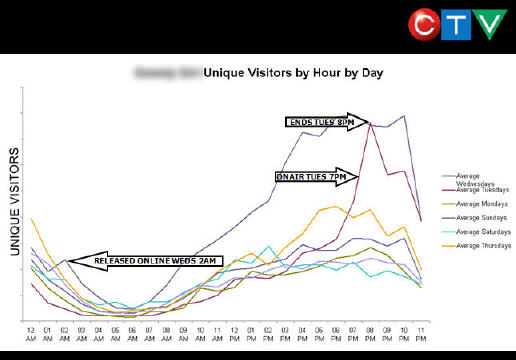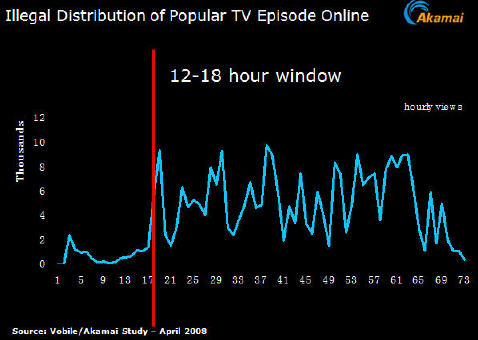-
Silverlight Team Offers 4 In-Depth Case Studies on 2010 Winter Olympics Online
A heads-up that the Silverlight team has just posted 4 great case studies detailing different aspects of their international media partners' experiences delivering the 2010 Winter Olympics online. The partners are CTV (Canada), NBC (US), NRK (Norway) and France Televisions (France). All were using Microsoft's Silverlight and IIS Smooth Streaming.
The case studies dig into 4 topics: online viewing times, effective ad monetization, broadcast reach and quality experience. I've only had an opportunity to skim each of the 4 case studies, but they are packed with in-depth information and details that I have not seen before. For those interested in learning more about how a high-profile live event like this was executed and some of the key performance metrics, this is super valuable info.
Categories: International, Sports, Technology
Topics: CTV, France Televisions, Microsoft, NBC, NRK, Olympics, Silverlight
-
New Statistics Address Video Piracy, Importance of Quick Online Release of TV Programs
During very informative presentations at my NAB panel discussion yesterday, there were 2 slides that really caught my attention. Both shared statistics, new to me, about video piracy and user behavior patterns. These statistics illustrate the important early online window just following when a TV program is aired. Capturing this audience spike can dampen video piracy and also be a big revenue opportunity for providers.
The first slide, shown below, was presented by Rob Adams, director of digital media operations at CTV, Canada's largest broadcaster. CTV offers both clips and full-length streaming episodes from its networks and select partner networks. In the slide below each line represents a single day's unique visitors for a specific TV series CTV offers.

I know the slide is a bit of an eye chart, so I'll summarize the phenomenon Rob explained. In this example a popular network show airs at 7pm on Tuesday. Notice how the purple usage line spikes during the hour of its run. Rob explained that users who go online to find the episode being aired realize it's not yet available and instead begin catching up on previous episodes. That new episode is posted around 2 am, and the spike in usage the following day is shown by the blue line.
Note the far lower behavior in the other lines and it is clear that the 24 hour window during and after airing a new episode is critical. It's also interesting to speculate on whether some users are beginning to look at online availability as pure VOD. If so, that would have implications on DVRs (i.e. why record a show when you've come to expect they'll all be posted quickly online?)
The second attention-getting slide was based on recent research by Akamai and Vobile, which used its digital fingerprinting technology to track the availability of illegal copies of an episode a popular program and their download volume. In the slide below, it is clear that although illegal copies are available immediately, the volume of downloads jumps by more than 500% the following morning (13 hours after broadcast).

What all of this demonstrates is that there is a real window of opportunity for premium video providers to slow video piracy and drive many new video views. By satisfying the obvious demand that users have for this content with legitimate distribution, providers can chip away at, though admittedly not eradicate, illegal sharing. If users gain confidence over time that their favorite programs will be available quickly, in high-quality and with a positive user experience (i.e. not overburdened with ads), the rationale to pursue the illegal route lessens. Conversely, video providers not responding to these viewer needs continue to leave themselves highly vulnerable to illegal behavior.
Categories: Broadcasters, P2P
Posts for 'CTV'
|


